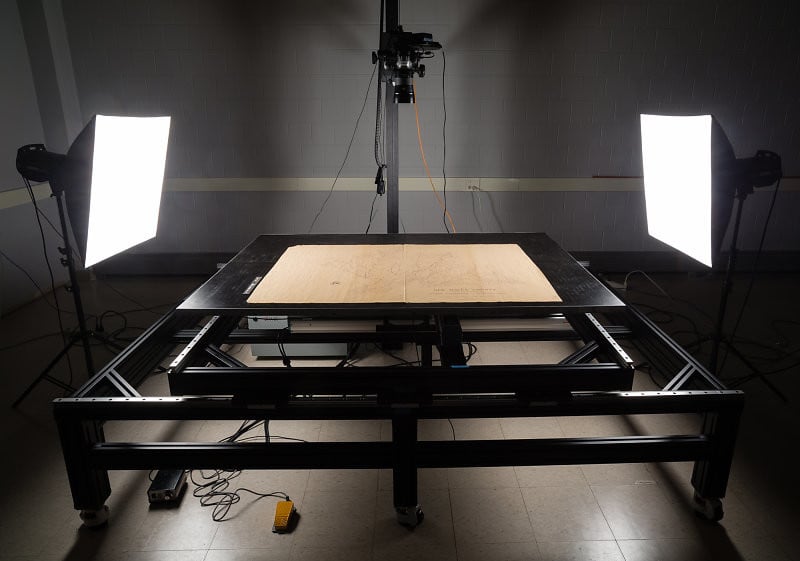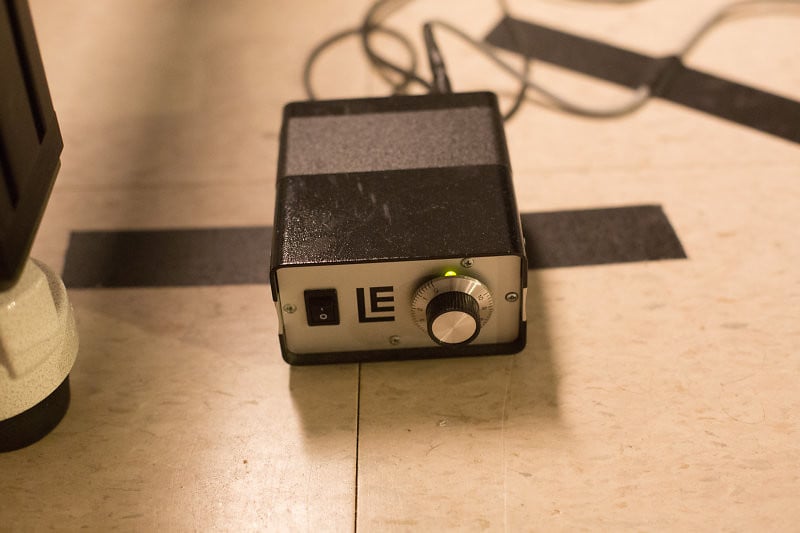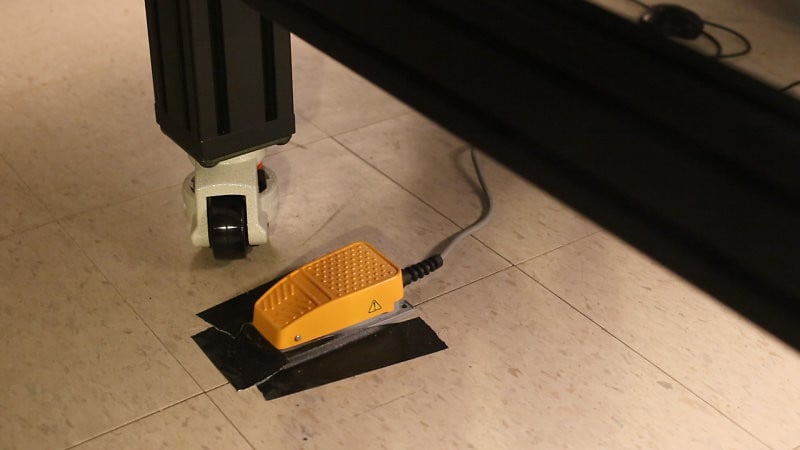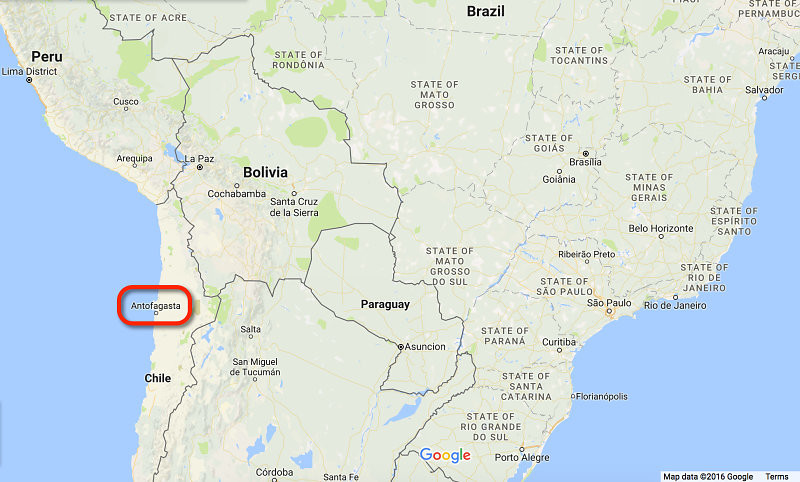Using Humidification and Electrostatic Force in Digitizing Old Newspapers
![]()
Often when scoping out digitization projects, devising complementary conservation treatments that assist in digital photo capture are challenging aspects of overall workflow design. And so it has been the case with our recent efforts at UConn Library on a set of 19th century Latin American newspapers from the University’s archives and special collections.
Once the pages are humidified, they are then sandwiched between layers of polyester webbing and blotter on the lab’s large work tables. On top of this goes a heavy 1/2 inch piece of plexiglass which acts as an even surface weight across the sheets below. The before and after transformation to the paper that results from this careful process is quite remarkable and greatly assists my lab’s subsequent photographic efforts toward creating archival-quality page images.
![]()
Brittle paper that ultimately has become broken presents its own complications often in the form of a jigsaw puzzle. Fortunately, one of the unique design features of the digital production lab’s X-Y table is its controllable electrostatic surface that can be used to temporarily hold down folded paper remnants during shooting. These remnants can be particularly problematic at newspaper folds where broken page sections can “spring” in the air and become difficult to lay out flat with their corresponding halves.

In practice, the table’s electrostatic force is first fine-tuned through an adjustable controller. With such brittle and light weight paper it is important to regulate the table’s downward pull in order to avoid damaging the fragile pages:

From there, the photographer can turn the electrostatic force completely on or off with a foot switch that is cabled to the controller:

Fragile, oversized materials like old newspapers are often best transported to and from the deactivated table surface with a heavier, alkaline carrier base. For this project .010 inch folder stock, cut to size, is being used.
Once on the table, a problematic fold can be addressed with selective application of electrostatic force coupled with some gentle, manual pressure. If you listen carefully, you can hear me hit the stomp box on the floor to activate the system’s foot switch. The foot switch allows for effective hands-free control, which enables the photographer to coordinate the table’s downward pull in combination with their own physical manipulation of the paper.
Here’s a closer look at the same technique in action. What was once a broken line of text is again made legible and ready for overhead camera capture…
Turning over page 1 in order to expose page 2 for shooting presents a similar handling issue…
In this instance, the paper break is harder to elegantly fit together as the delicate page edges are a bit more ragged on this side. However, the text is at least made readable through the process, even while not being perfectly in line.
Individual images are then taken of each page at 400ppi. In between shots, the X-Y table (not the newspaper) is moved along its Y-axis to position the next page directly under the overhead camera. In this way, manual handling of such fragile material is minimized and in turn made more automated, faster and precise.
Finally, a word about the periodicals and their cultural significance. They were originally published in the Bolivian port city of Antofagasta just prior to the 1879-1883 War of the Pacific which pitted an alliance of Bolivia and Peru versus Chile.

Chile would go on to win the conflict and capture the city that has remained important through time not only for its access to the sea but also for its proximity to the rich mineral resources of the area. Printed during a period of regional strife and subsequent transition, the newspapers in their digital format will soon offer researchers new, more detailed access to this important chapter in Latin American history.
About the author: Michael J. Bennett is a Massachusetts photographer and writer currently based in New Braintree. As Digital Production Librarian, he also manages the University of Connecticut Library’s digital still imaging studio where archival, special collection, and museum objects are captured and reformatted. You can find more of his work at Tundra Graphics. This article was also published here.